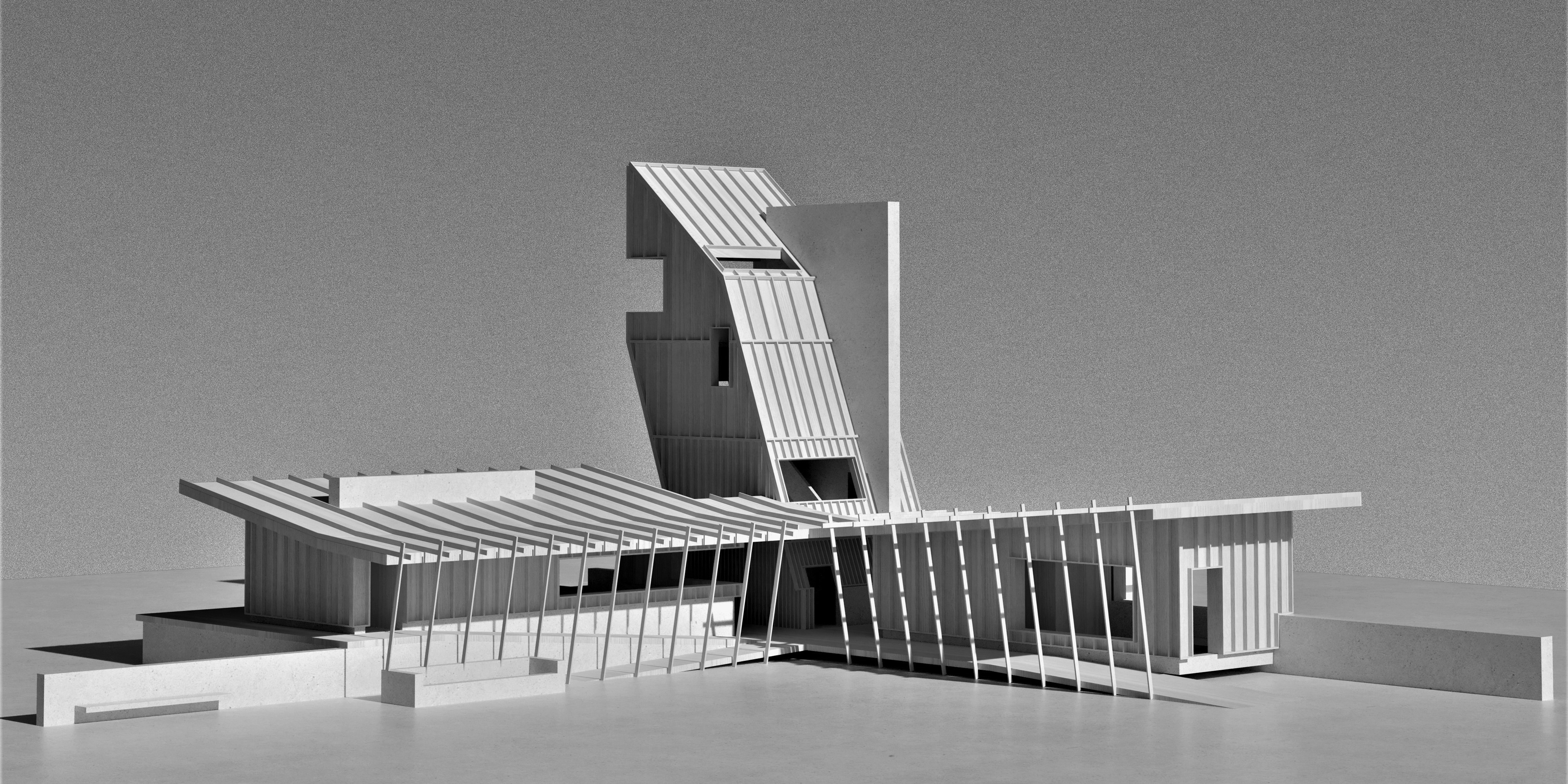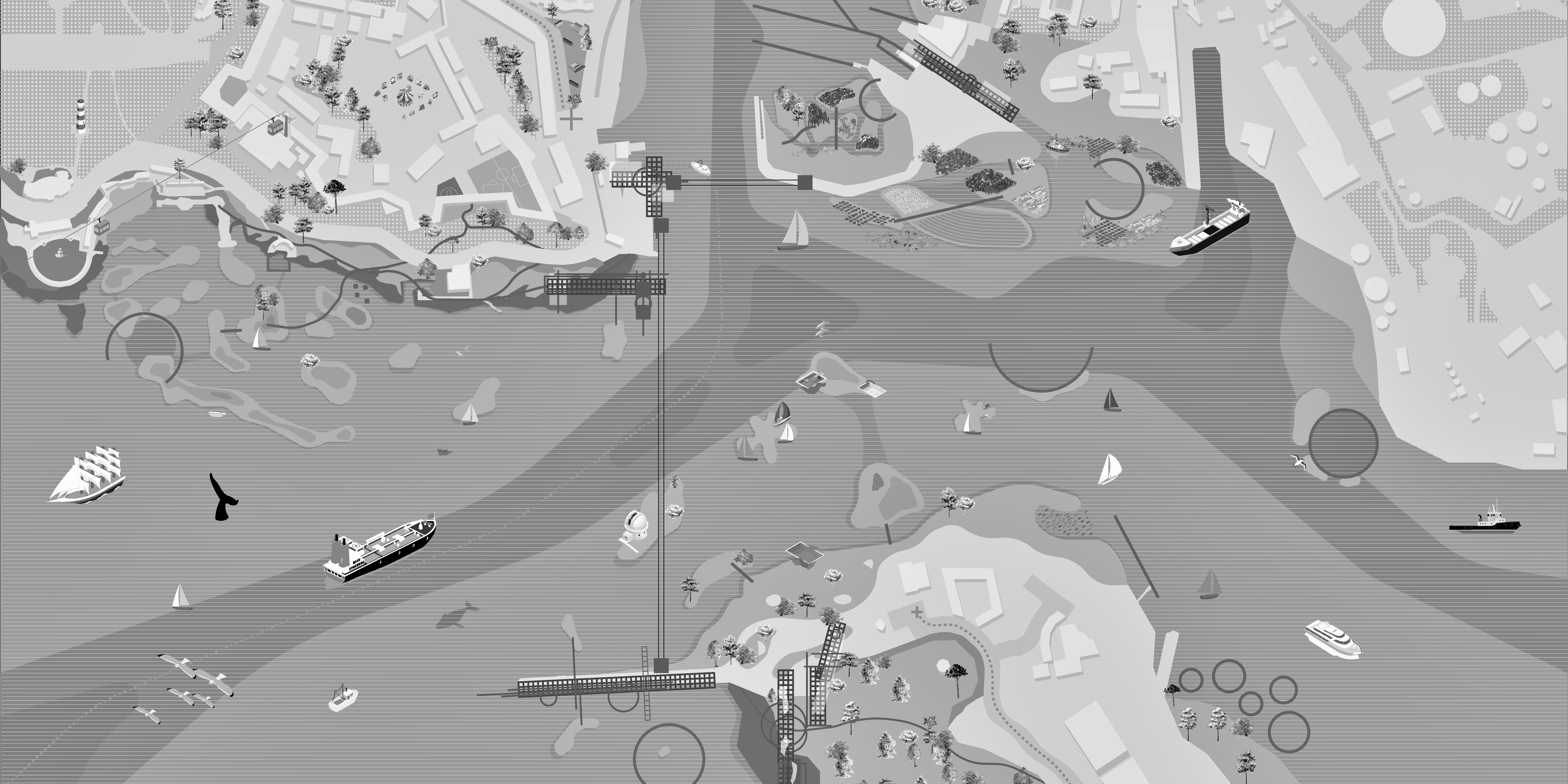Re-connecting forgotten urban nodes
When breaking down a failing main artery of Plymouths city centre, two urban nodes were identified that had potential for providing some life back to the cities public realm, which is currently secondary to dominance of vehicles. Historically the eastern node included places of remembrance, and in the west stood structures of celebrational notion- both of which were heavily destroyed in the Blitz bombings. Utilising these nodes in a wider scale urban ambition enabled a framework strategy that connected these underutilised sites, with a processional function interweaving the urban nodes; celebrating Plymouths heritage, life and death. In collaboration with Ruben Lesueur, Josh Earl, Rob Forsey, Tom Harris, Imogen Kemp and Oliver Murton.
A framework of the past, present and future
The developed urban framework strategy consisted of re-connecting three previously forgotten nodes in Plymouths city centre, interwoven by a processional purpose that allowed the public realm to strive within this vehicle dominant city. The concept of the strategy was crystallised through a 1:200 scale model, displaying three clusters within the 'Processional Restoration'. From the East, exploring notions of memory and contemplation, and to the West, expressing processes of celebration within life’s everyday journeys.







